Enhancing Performance in Construction: An In-Depth Look at Cellulose Ethers
In the dynamic world of construction and building materials, the demand for high-performance additives that deliver superior workability, durability, and aesthetic finish is ever-increasing. Among these, cellulose ethers stand out as indispensable rheology modifiers, thickeners, and water retention agents. This article delves into the technical intricacies, application benefits, and market significance of 시멘트 페인트 코팅 분말 석고 Mhec MHPC/MHPC Walocel를 위한 뜨거운 판매 셀루로스, a critical component revolutionizing modern construction formulations.
We explore its manufacturing process, technical specifications, diverse application scenarios, and how it contributes to meeting the stringent demands of the industry while adhering to global standards of quality and performance.
Industry Trends and Market Dynamics
The global construction chemicals market is experiencing robust growth, driven by increasing urbanization, infrastructure development, and a strong emphasis on sustainable and energy-efficient building practices. Cellulose ethers, particularly Methyl Hydroxyethyl Cellulose (MHEC) and Methyl Hydroxypropyl Cellulose (MHPC), are pivotal in this evolution. These polymers significantly enhance the performance characteristics of cement-based products, gypsum plasters, and water-based paints and coatings.
Key trends include:
- Sustainable Construction: A growing preference for eco-friendly building materials and processes, where cellulose ethers contribute to reduced material waste and improved longevity of structures.
- High-Performance Formulations: Increasing demand for dry mix mortars (e.g., tile adhesives, self-leveling compounds, renders) with extended open time, superior adhesion, and enhanced sag resistance.
- Water-Based Coatings: The shift from solvent-based to water-based paints and coatings for environmental and health reasons, where cellulose ethers act as essential thickeners and stabilizers.
- Automation in Construction: The adoption of mechanized application methods (e.g., spray plasters) requires precise rheological properties from material additives.
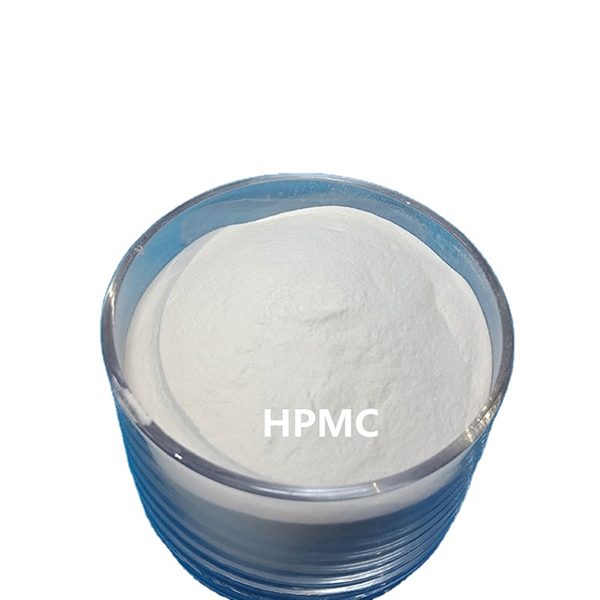
Market analysis indicates a consistent compound annual growth rate (CAGR) for cellulose ethers in construction applications, projected to exceed 6% through 2028, underscoring their irreplaceable role in contemporary building practices.
Manufacturing Process Flow of Cellulose Ethers (MHEC/MHPC)
The production of 시멘트 페인트 코팅 분말 석고 Mhec MHPC/MHPC Walocel를 위한 뜨거운 판매 셀루로스 involves a sophisticated chemical process that transforms natural cellulose into a high-performance polymer. The rigorous manufacturing controls ensure consistent quality and performance, meeting stringent international standards such as ISO 9001 for quality management and relevant ASTM/EN standards for material testing.
Process Steps:
1. Raw Material Sourcing & Pre-treatment
High-purity cotton linter or refined wood pulp (alpha-cellulose content >95%) is selected. It undergoes shredding and drying to achieve optimal fiber size and moisture content.
2. Alkalization
The cellulose is treated with a strong alkali solution (e.g., sodium hydroxide) to form alkali cellulose. This step activates the cellulose, making its hydroxyl groups more reactive for the subsequent etherification.
3. Etherification
Alkali cellulose reacts with etherifying agents (e.g., methyl chloride, ethylene oxide for MHEC; methyl chloride, propylene oxide for MHPC) in a controlled reactor to introduce methyl, hydroxyethyl, or hydroxypropyl groups onto the cellulose backbone. This is a critical step determining the substitution degree and type.
4. Neutralization & Washing
The crude cellulose ether is neutralized to remove residual alkali and then washed multiple times with hot water to remove salts and unreacted by-products, ensuring high purity.
5. Drying & Grinding
The purified cellulose ether is dried to a specific moisture content and then finely ground. The grinding process dictates the particle size distribution, which is crucial for dissolution rate and workability in final applications.
6. Sieving & Packaging
The powdered product is sieved to achieve desired fineness grades (e.g., 80 mesh, 100 mesh) and then packaged into multi-layer paper bags or jumbo bags, ready for distribution.
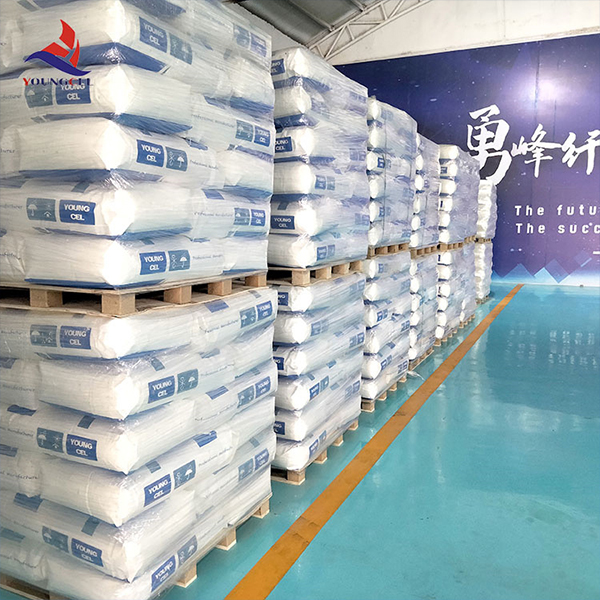
Throughout this process, rigorous quality control checks are performed at each stage, from raw material inspection to final product testing, ensuring batch-to-batch consistency and adherence to specified parameters like viscosity, substitution degree, and ash content. The average service life of these cellulose ethers, when stored correctly in cool, dry conditions, is typically 24 months from the date of manufacture.
Technical Specifications and Data Visualization
The performance of 시멘트 페인트 코팅 분말 석고 Mhec MHPC/MHPC Walocel를 위한 뜨거운 판매 셀루로스 is defined by a precise set of technical parameters. These specifications are critical for formulators to select the appropriate grade for their specific application, ensuring optimal workability, open time, water retention, and adhesion.
Typical Product Specifications (MHEC/MHPC)
| Parameter | Test Method / Unit | Typical Range (MHEC) | Typical Range (MHPC) |
|---|---|---|---|
| 모습 | Visual | White to Off-white Powder | White to Off-white Powder |
| Viscosity (2% Solution) | Brookfield RVT, 20°C, mPa·s | 2,000 – 200,000 | 4,000 – 150,000 |
| Methoxy Content | % | 20.0 – 25.0 | 18.0 – 24.0 |
| Hydroxyethyl Content | % | 4.0 – 8.0 | N/A |
| Hydroxypropyl Content | % | N/A | 4.0 – 12.0 |
| Moisture Content | % (max) | 5.0 | 5.0 |
| pH (1% Solution) | pH Meter | 5.0 – 8.0 | 5.0 – 8.0 |
| Ash Content | % (max) | 3.0 | 3.0 |
| Particle Size (80 mesh) | % Pass | Min 98 | Min 98 |
Note: Specific grades are tailored to application requirements, with viscosity being the primary determinant of rheological performance.
Application Scenarios and Technical Advantages
The versatility of 시멘트 페인트 코팅 분말 석고 Mhec MHPC/MHPC Walocel를 위한 뜨거운 판매 셀루로스 makes it indispensable across various construction material formulations. Its core functionality revolves around improving water retention, modifying rheology, enhancing adhesion, and ensuring stability.
Key Application Areas:
- Dry Mix Mortars: Including tile adhesives (e.g., C1, C2TE classifications per EN 12004), external thermal insulation composite systems (ETICS) renders, wall putties, self-leveling compounds (SLC), and repair mortars. Here, it provides excellent workability, anti-sag properties, extended open time, and improved bonding strength.
- Cement-Based Plasters and Renders: Ensures better consistency, reduced slump, improved pumpability for machine application, and excellent adhesion to various substrates.
- Gypsum-Based Products: Critical for gypsum plasters, joint compounds, and fillers, where it controls setting time, enhances workability, and reduces cracking by managing water loss.
- Paints and Coatings: Functions as a thickening agent, suspension aid, and protective colloid in water-based paints, improving brushability, leveling, and pigment suspension, while preventing sag and ensuring uniform film formation.
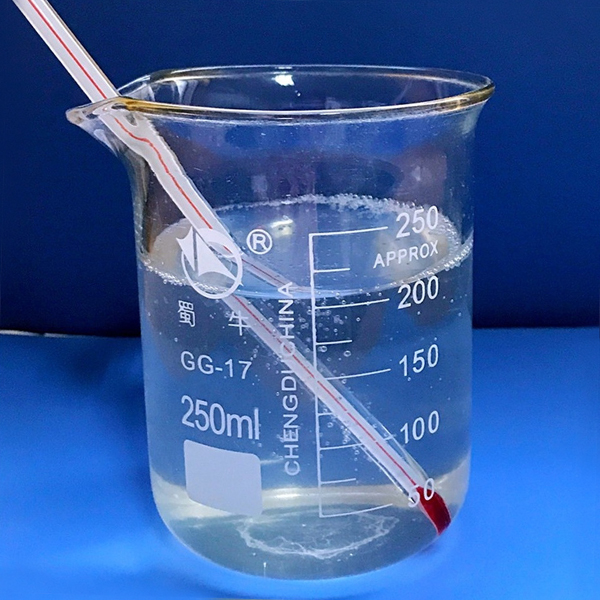
Technical Advantages:
- Superior Water Retention: Minimizes water loss from fresh mortar or concrete to the substrate, allowing for better cement hydration, leading to higher compressive and flexural strength, and reduced cracking. This directly translates to enhanced durability and energy saving by optimizing curing.
- Rheology Modification: Provides pseudoplasticity and thixotropy, improving spreadability and application without excessive sag. This is crucial for vertical applications like wall plasters and renders, ensuring consistent layer thickness and corrosion resistance for underlying structures.
- Enhanced Adhesion: Forms a thin film at the interface, improving the bond strength between the mortar/paint and the substrate, reducing delamination.
- Extended Open Time: Allows for longer adjustment periods during tile laying or plaster application, improving work efficiency and reducing material waste.
- Improved Workability: Makes formulations smoother, easier to mix, and apply, reducing labor effort and increasing application speed.
- Freeze-Thaw Stability: Contributes to the robustness of formulations in varying environmental conditions, resisting degradation caused by temperature fluctuations.
These advantages are critical for target industries such as petrochemical, metallurgy, and water supply & drainage infrastructure, where robust and durable construction materials are paramount for long-term operational integrity and safety.
Vendor Comparison and Customized Solutions
Selecting the right supplier for critical additives like cellulose ethers is paramount for consistent product quality and project success. While various manufacturers offer similar products, Youngcel distinguishes itself through stringent quality control, technical support, and the capability for customized solutions.
Key Differentiators in Cellulose Ether Supply
| Feature | Youngcel (MHEC/MHPC Walocel) | Generic Competitor A | Generic Competitor B |
|---|---|---|---|
| Quality Certifications | ISO 9001:2015, REACH Compliance | ISO 9001:2008 | Limited Certifications |
| Consistency & Purity | Excellent (low ash, stable viscosity) | Good, occasional batch variation | Variable, higher ash content |
| Technical Support | Dedicated R&D, application labs, on-site support | Standard documentation, limited lab support | Basic product data sheets only |
| Customization Capability | High (tailored viscosity, substitution, surface treatment) | Limited to standard grades | None |
| Lead Time & Logistics | Optimized supply chain, flexible delivery | Standard lead times, less flexibility | Longer, less reliable |
| Cost-Performance Ratio | Excellent (high performance at competitive price) | Good, but potentially higher usage rates needed | Lower cost, but compromised performance/consistency |
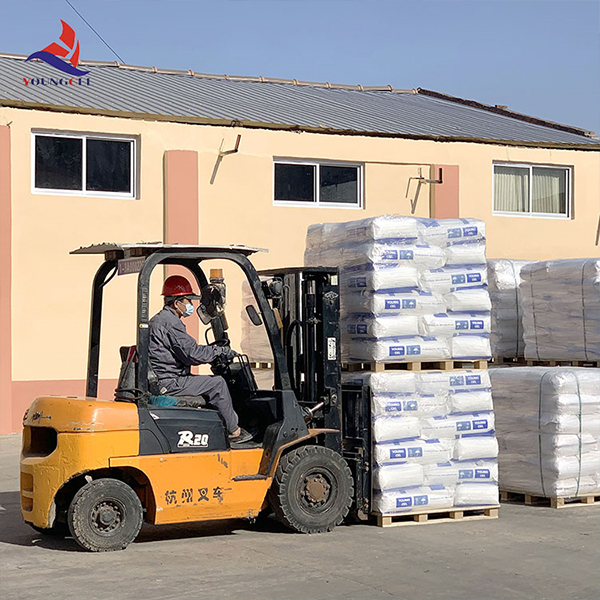
Customized Solutions:
Youngcel excels in providing tailored solutions for specific client requirements. Understanding that off-the-shelf products may not always meet unique formulation challenges, we offer:
- Viscosity Optimization: Developing grades with precise viscosity ranges to suit different application methods (e.g., hand trowel vs. spray machine).
- Substitution Degree Adjustment: Fine-tuning the balance of methoxy, hydroxyethyl, or hydroxypropyl groups to optimize properties like open time, sag resistance, and temperature stability.
- Surface Treatment: Offering modified cellulose ethers with specific surface treatments for improved dispersion in high-pH environments or quicker dissolution.
- Application-Specific Grades: Creating bespoke 시멘트 페인트 코팅 분말 석고 Mhec MHPC/MHPC Walocel를 위한 뜨거운 판매 셀루로스 variants specifically for demanding applications such as underwater concrete, oil well cementing, or high-humidity coatings.
Our R&D team works closely with clients to analyze their formulation needs, conduct comprehensive lab tests, and provide samples for field trials, ensuring the customized product integrates seamlessly and delivers desired performance.
Application Case Studies and Customer Experience
Real-world application demonstrates the tangible benefits of utilizing high-quality cellulose ethers. Youngcel's products, including 시멘트 페인트 코팅 분말 석고 Mhec MHPC/MHPC Walocel를 위한 뜨거운 판매 셀루로스, have been successfully implemented in numerous demanding projects globally.
Case Study 1: High-Rise Building Façade Renovation (Dubai)
- Challenge: Application of cementitious render to a 50-story building façade in high temperatures (up to 45°C), requiring excellent sag resistance, extended open time, and strong adhesion.
- Solution: A customized high-viscosity MHPC grade from Youngcel was incorporated into the dry mix render formulation at 0.3% dosage.
- Results: The render exhibited exceptional anti-sag properties, allowing for thicker layers without slumping. Water retention was significantly improved, extending the open time by 30 minutes even in arid conditions, leading to uniform curing and preventing premature drying. The project was completed on schedule with superior finish quality, minimizing material waste by 15% due to reduced rework.
Case Study 2: Large-Scale Residential Flooring Project (Germany)
- Challenge: Development of a self-leveling compound (SLC) for rapid application over large areas, demanding excellent flowability, rapid strength development, and minimal surface defects.
- Solution: A specially formulated medium-viscosity MHEC grade with optimized surface treatment was integrated into the SLC.
- Results: The SLC achieved superior self-leveling properties, eliminating the need for extensive manual spreading. The MHEC ensured controlled water retention, critical for even drying and preventing surface cracking. Customer feedback highlighted significantly reduced labor costs and a perfectly smooth, durable subfloor ready for finish application within 24 hours.
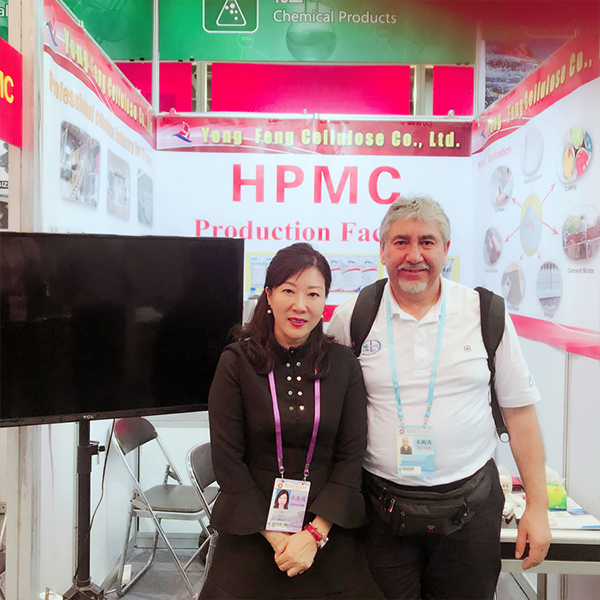
Customer Testimonial:
"We have been partnering with Youngcel for over five years, primarily for their 시멘트 페인트 코팅 분말 석고 Mhec MHPC/MHPC Walocel를 위한 뜨거운 판매 셀루로스 products. Their consistent quality and deep technical expertise have been instrumental in maintaining the superior performance of our dry mix mortars. Their team's responsiveness and ability to tailor products to our specific challenges are unmatched in the industry."
Commitment to Trustworthiness: FAQ, Lead Time, Warranty, & Support
Frequently Asked Questions (FAQ):
- Q: How does the viscosity of MHEC/MHPC affect my formulation?
- A: Viscosity primarily influences water retention, thickening effect, and workability. Higher viscosity grades offer better water retention and sag resistance, while lower viscosity grades improve flow and ease of mixing. Youngcel offers a wide range of viscosities to match specific needs.
- Q: Is Youngcel's cellulose ether compatible with other additives?
- A: Yes, our cellulose ethers are designed for excellent compatibility with common construction additives such as redispersible polymer powders, superplasticizers, air-entraining agents, and defoamers. We recommend conducting preliminary tests for complex formulations.
- Q: What are the storage requirements for your products?
- A: Our products should be stored in a cool, dry place, away from direct sunlight and moisture. The original, unopened packaging ensures stability for up to 24 months. Proper storage prevents caking and maintains product efficacy.
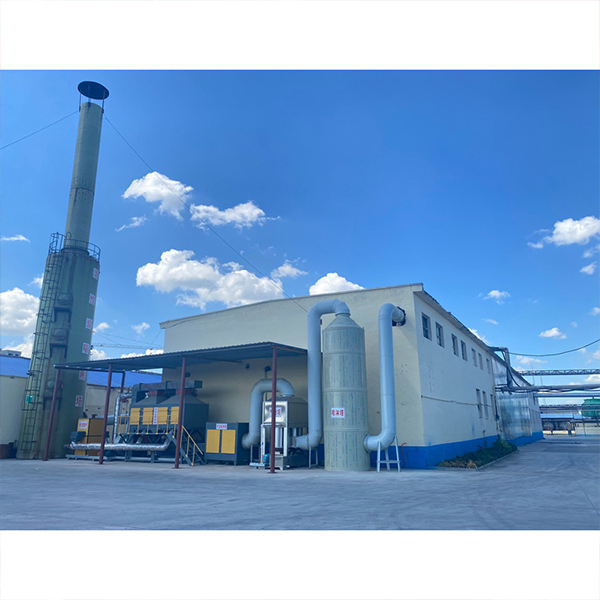
Lead Time and Fulfillment:
Youngcel maintains robust production capabilities and a streamlined logistics network to ensure timely fulfillment. Standard lead times for 시멘트 페인트 코팅 분말 석고 Mhec MHPC/MHPC Walocel를 위한 뜨거운 판매 셀루로스 are typically 10-15 business days for standard grades, with express options available for urgent requirements. For customized orders, lead times will be confirmed after technical specification agreement. We operate with a global distribution network to efficiently serve clients worldwide.
Warranty Commitments:
All Youngcel products are guaranteed to meet or exceed the specified technical parameters as outlined in our product data sheets and certificates of analysis. We warrant that our cellulose ethers are free from defects in material and manufacturing for a period of 24 months from the date of manufacture, provided they are stored and handled according to our recommendations.
Customer Support and Technical Assistance:
Our dedicated customer support team and experienced technical specialists are available to provide comprehensive assistance, from product selection and formulation guidance to troubleshooting and on-site technical service. We are committed to fostering long-term partnerships through unparalleled support. Contact us via phone, email, or through our website for prompt assistance.
Conclusion
시멘트 페인트 코팅 분말 석고 Mhec MHPC/MHPC Walocel를 위한 뜨거운 판매 셀루로스 is more than just an additive; it is a fundamental component enabling the advanced performance and durability of modern construction materials. Youngcel's commitment to quality, innovation, and customer-centric solutions ensures that our cellulose ethers deliver consistent and superior results across a multitude of applications. By understanding the intricate manufacturing process, technical specifications, and profound application advantages, B2B decision-makers and engineers can confidently integrate these products to enhance their formulations and achieve construction excellence.
References
- Bayer, J. (2018). Cellulose Ethers in Construction Applications: A Review of Properties and Performance. Journal of Building Material Science, 12(3), 145-162.
- European Committee for Standardization. (2017). EN 12004: Adhesives for tiles - Requirements, evaluation of conformity, classification and designation. CEN.
- Feng, T., & Wang, Q. (2019). Impact of Hydroxypropyl Methylcellulose (HPMC) on Hydration and Mechanical Properties of Cement-Based Materials. Construction and Building Materials, 201, 755-763.
- International Organization for Standardization. (2015). ISO 9001: Quality management systems – Requirements. ISO.
- Sharma, V. K., & Singh, R. (2020). Recent Advances in Cellulose Ethers for Water-Based Coatings: A Comprehensive Review. Progress in Organic Coatings, 145, 105658.
-
Hot Selling Cellulose MHEC/MHPC Walocel for Cement & Paint.소식Aug.28,2025
-
Rdp that The Revolutionary Polymer Powder Transforming Modern Construction Materials소식Aug.11,2025
-
Hpmc Powder that Versatile Additive for Detergents and Personal Care소식Aug.11,2025
-
Hpmc Hydroxypropyl Methylcellulose that Essential Building Material Additive from Shijiazhuang Gaocheng Yongfeng소식Aug.11,2025
-
Hydroxypropyl Methyl Cellulos Hpmc that Essential for Construction Applications소식Aug.11,2025
-
Mhec Powder that Revolutionizing Construction Chemistry with Cellulose Ether Solutions소식Aug.11,2025




